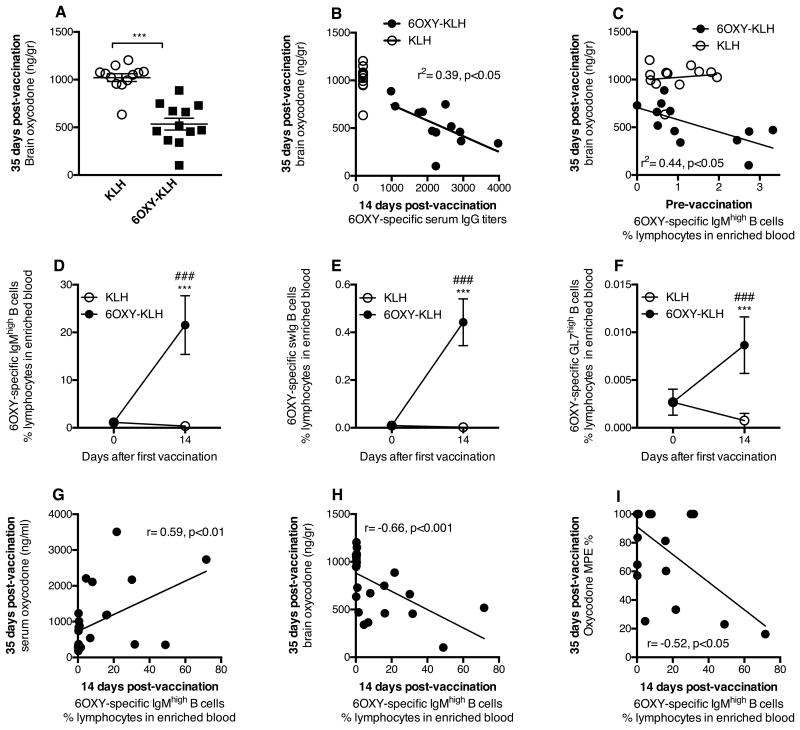Figure 5. Frequency of hapten-specific B cells in blood correlates to vaccine efficacy.
Using the (6OXY)4-SA-PE and (control)4-SA-PE-AF reagents and magnetic enrichment, B cells were analyzed in 200μl of blood collected before and after immunization with either 6OXY-KLH or KLH. A) Immunization reduced distribution of oxycodone to the brain, and B) early serum IgG titers correlated to subsequent blockage of oxycodone distribution to the brain. C) The frequency of 6OXY-specific IgMhigh B cells prior to immunization correlated with vaccine efficacy in the 6OXY-KLH group. Immunization increased frequencies of 6OXY-specific B cell subsets D) IgMhigh, E) swIg, and F) GC. Increased frequency of 6OXY-specific IgMhigh B cells 14 days after the first immunization correlated to greater vaccine efficacy on oxycodone distribution to G) serum, H) brain, and I) oxycodone antinociception. Frequencies are the % of total lymphocytes in the bound fraction after positive enrichment of blood. The MPE% represents hind paw flicks. Data are mean±SEM. Data include three independent experiment with a total n=12 each group. ### p<0.001 compared to naïve; ** p<0.01 compared to KLH control; *** p<0.001 compared to KLH control.

